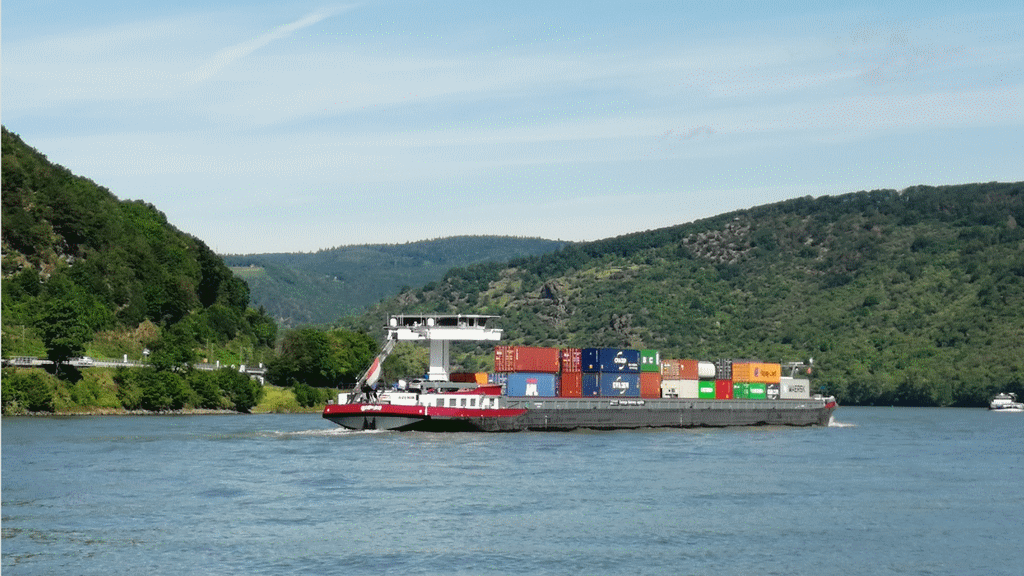The European Commission answered the European Parliament regarding the major bottlenecks in inland navigation caused by droughts and the solutions that the EC envisages. As the European Parliament stated, large vessels lying deep in the water struggle to make their way through the narrow channels. The lack of capacity in inland shipping has a negative impact on the entire logistics and industrial chain and energy supply in Europe.
The low water level is not a new phenomenon and will occur more frequently in the future. This vision of the future makes the call for smaller, manoeuvrable vessels that require less depth ever louder and calls for a long-term European strategy for the problem of drought and inland shipping.
The EC answered that in the Naiades III Communication they proposed to support waterway managers to ensure a high level of service (Good Navigation Status – GNS) along EU inland waterway corridors by 31 December 2030.
In the TEN-T regulation revision which is currently under inter-institutional negotiations, the Commission proposed a harmonised definition of the GNS, and that certain specific requirements should be extended throughout the core network to achieve full network benefits. The revised regulation will ensure the availability of waterway requirements which are essential to guarantee minimum navigability of the inland waterways, while taking account of environmental and biodiversity priorities. However, those requirements do not have to be met 365 days per year. This requires more flexible provisions especially for natural/free-flowing sections of waterways.
In relation to the adaptation of the fleet to future environmental, climate and safety requirements, Horizon Europe Research and Innovation Framework programme will provide a dedicated call for proposals to develop and test new small, flexible, zero-emission and automated vessels to support shifting cargo from road to sustainable Waterborne Transport.
For more information, please see here.

